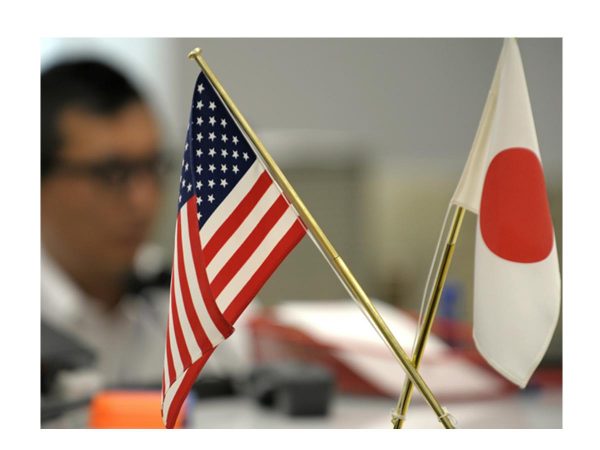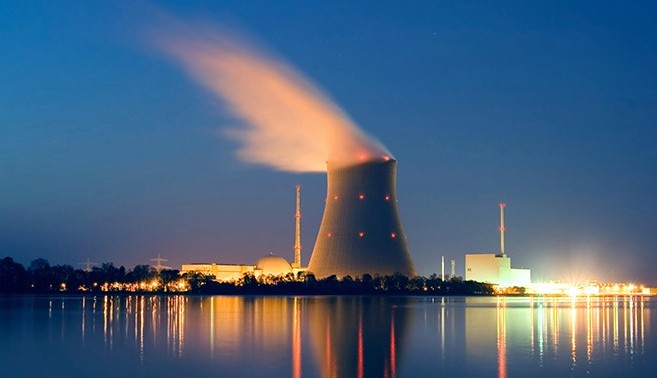External Video Post

Our theme is the most advanced and user-friendly theme you will find on the market, we have documentation and video to help set your site really easily, pre-installed demos you can import in one click and everything from the theme options to page content can be edited from the front-end. This is the theme you are looking for.
The main reason our customers love us is because the theme has been built with them in mind. Cesis had been made by professional but can be used by anyone even if you don’t have any knowledge of coding. This is the theme you want if you are looking for unlimited possibilities.If you are applying for a job abroad (particularly in Europe or South America), a Motivation Letter For Work Abroad takes the place of a Cover Letter. Both resumes and Motivation Letters are much less formal than their United States equivalents. The Motivation Letter, as its name implies, tells your prospective employers why you are motivated to work for their companies. It gives you a chance to describe your personality, the languages you speak, any awards you may have won, and what motivates you to work abroad.
The Motivation Letter is constructed like a formal business letter, with your name and address in the top right corner. Beneath this and against the left margin should be the name, job title, company and address of the recipient. (It is worth doing a little digging to find out the name, if you don’t know it.) European countries don’t put a period after title abbreviations, so remember to leave them off ; i.e., “Mr” instead of “Mr.” and “Dr” rather than “Dr.”. Spell out the name of the month and use the order “day-month-year.”
You can customize anything you see directly from the front-end, see the changes you make live and you don’t need to code anything to do it.
If you are applying for a job abroad (particularly in Europe or South America), a Motivation Letter For Work Abroad takes the place of a Cover Letter. Both resumes and Motivation Letters are much less formal than their United States equivalents. The Motivation Letter, as its name implies, tells your prospective employers why you are motivated to work for their companies. It gives you a chance to describe your personality, the languages you speak, any awards you may have won, and what motivates you to work abroad.
The Motivation Letter is constructed like a formal business letter, with your name and address in the top right corner. Beneath this and against the left margin should be the name, job title, company and address of the recipient. (It is worth doing a little digging to find out the name, if you don’t know it.) European countries don’t put a period after title abbreviations, so remember to leave them off ; i.e., “Mr” instead of “Mr.” and “Dr” rather than “Dr.”. Spell out the name of the month and use the order “day-month-year.”
- Consumer Psychology In The Industrial And Manufacturing Equipment Marketplace
- Internet Banner Advertising Most Reliable Forms Of Web Advertising
- Decorate For Less With Art Posters
- Using Banner Stands To Increase Trade Show Traffi
- Internet Advertising What Went Wrong
You can customize anything you see directly from the front-end, see the changes you make live and you don’t need to code anything to do it.
If you are applying for a job abroad (particularly in Europe or South America), a Motivation Letter For Work Abroad takes the place of a Cover Letter. Both resumes and Motivation Letters are much less formal than their United States equivalents. The Motivation Letter, as its name implies, tells your prospective employers why you are motivated to work for their companies. It gives you a chance to describe your personality, the languages you speak, any awards you may have won, and what motivates you to work abroad.Some days a motivational quote can provide a quick pick-me-up for employees and even management. They can be a breath of fresh air when it comes to a drab afternoon. These are also a great way to jazz up a newsletter or a memo or even to simply print and attach to a bulletin board.







